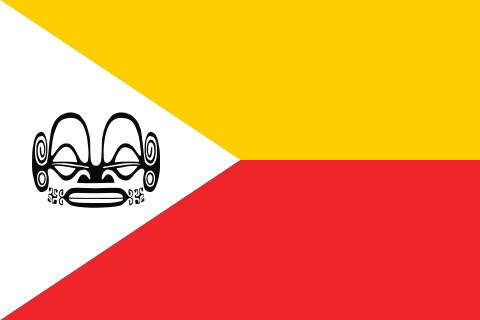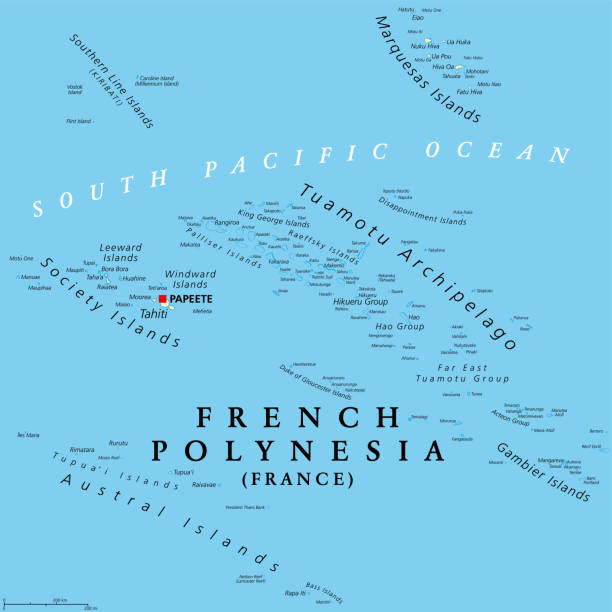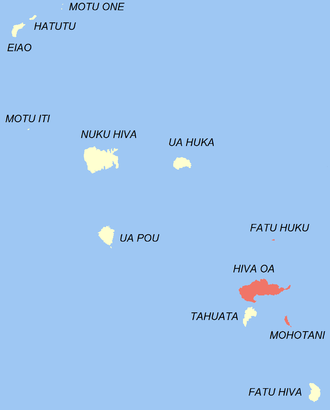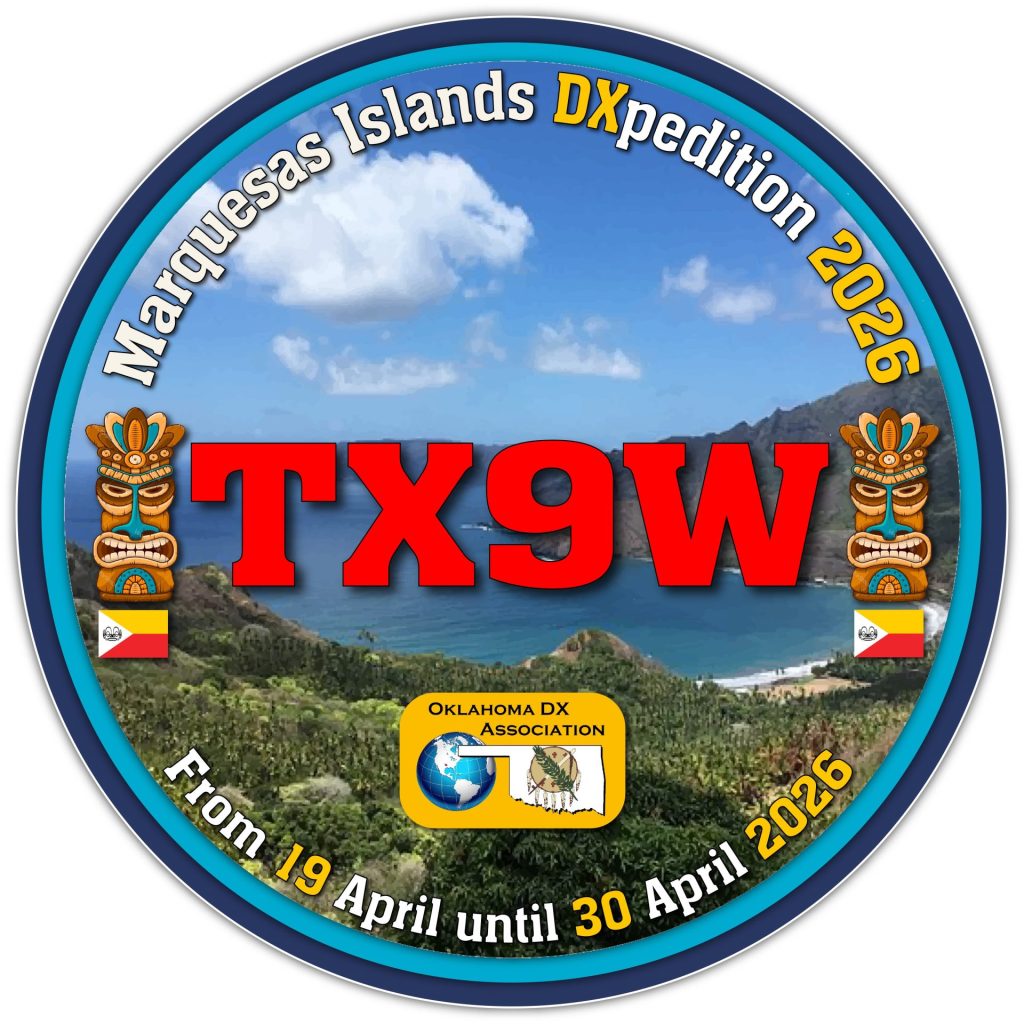
Hiva Oa, Marquesas Islands
With its 320 square kilometers (124 square miles), Hiva Oa is the second largest island in the Marquesas Islands, an overseas territory of France in the Pacific Ocean. Located at 9 45′ south latitude and 139 W longitude, it is the largest island of the southern Marquesas group. Around 2,200 people reside on the island. A volcano, Temetiu, is Hiva Oa’s highest point reaching an elevation of 1,269 m (4,163 ft.)

The first recorded sighting of Hiva Oa by Europeans was by the Spanish expedition of Álvaro de Mendaña on 21 July 1595. He charted the island as Dominica. The island was briefly occupied by German forces under the command of Admiral Von Spee in October 1914.
Atuona, located on Atuona Bay on the southern side of Hiva Oa island, Marquesas, is the administrative center of the commune of Hiva-Oa. Atuona was at one time the capital of all the Marquesas Islands but it has been replaced by Taioha’e on Nuka Hiva island.
The island is famous as the final home of French painter Paul Gauguin and Belgian singer Jacques Brel, both of whom are buried in Calvary Cemetery, overlooking Atuona. It is also home to the largest tiki sculptures in French Polynesia.
Hiva Oa is the largest and most fertile of the southern Marquesas islands and second only to Nuku Hiva in size. Hiva Oa features steep cliffs abruptly rising from the ocean to a rugged interior spine of volcanic mountains, ridges, and deep, isolated valleys. Unlike most other Polynesian islands near the equator, no fringing coral reefs protect Hiva Oa from the pounding of the ocean and only a few sheltered anchorages and sandy beaches are scattered around the coast. Travel along the shoreline is by boat as most of the coastal terrain is too rugged for roads. A few dirt roads traverse the interior and link seacoast villages and settlements. Atuona Airport is located at an elevation of 1,481 feet (451 m) on a plateau near the center of the island and has an asphalt-surfaced runway 3,986 feet (1,215 m) long with daily flights to other Marquesas islands and Tahiti.
The inhabitants speak the southern Marquesan language, related to other Polynesian languages, and French. The population is primarily Christian, due to Catholic missionaries.

The settlements of Hiva Oa are only partially connected by paved roads. As the existing roads are also steep and winding, the preferred means of transport between the villages is still by boat. The west and the mountainous interior regions of the island are largely undeveloped.
The airfield, with a 1,215 m paved runway, is located on the Tepuna plateau, northeast of Atuona, and is connected to the village by a winding road.
Atuona has a fairly modern infrastructure, with a hospital, a medical and dental office, a post office, a bank, a national Gendarmerie station, a courthouse, schools with preschool and a high school, as well as a Catholic church and a Protestant church. For tourist needs, there is a hotel and small private pensions, as well as restaurants and bars.
Larger cruise ships can enter Atuona Bay. However, they are usually anchored and passengers are disembarked. Regular supply ships to and from Tahiti dock at the harbor pier.
